Error

 Eligibility
Eligibility
BCBS FEP Dental is a Federal Employees Dental and Vision Insurance Program (FEDVIP) dental plan available to federal employees, USPS employees, retired federal employees, retired USPS employees, retired uniformed service members and their families.
Our Plans Our Network
Our Network
BCBS FEP Dental has a nationwide network with over half a million in-network dentists. It's one of the largest national networks, with dentists in all 50 states—in fact, 99.9% of our members have at least one in-network dentist within 15 miles.
Find Care At Your Service
At Your Service
We have several tools and resources available to help you make informed decisions about your plan and make the most of your BCBS FEP Dental coverage.
Tools & Resources Oral Health & Wellness
Oral Health & Wellness
Oral health touches every aspect of our lives but is often taken for granted. BCBS FEP Dental is here to help you learn more about your oral health.
Dental Learning Hub We're Here to Help
We're Here to Help
Check out our FAQs page to get answers to questions, or Contact Us with any questions you may have.
Help Center- Contact Us
- FAQs
-
Looking for additional coverage?
- For health Insurance, visit fepblue.org
- For vision insurance, visit bcbsfepvision.com
- About Us
-
Our Plans
EligibilityBCBS FEP Dental is a Federal Employees Dental and Vision Insurance Program (FEDVIP) dental plan available to federal employees, USPS employees, retired federal employees, retired USPS employees, retired uniformed service members and their families.
-
Find Care
Our NetworkBCBS FEP Dental has a nationwide network with over half a million in-network dentists. It's one of the largest national networks, with dentists in all 50 states—in fact, 99.9% of our members have at least one in-network dentist within 15 miles.
-
Tools & Resources
At Your ServiceWe have several tools and resources available to help you make informed decisions about your plan and make the most of your BCBS FEP Dental coverage.
-
Dental Learning Hub
Oral Health & WellnessOral health touches every aspect of our lives but is often taken for granted. BCBS FEP Dental is here to help you learn more about your oral health.
-
Help Center
We're Here to HelpCheck out our FAQs page to get answers to questions, or Contact Us with any questions you may have.
- Contact Us
- FAQs
-
Looking for additional coverage?
- For health Insurance, visit fepblue.org
- For vision insurance, visit bcbsfepvision.com
- About Us
